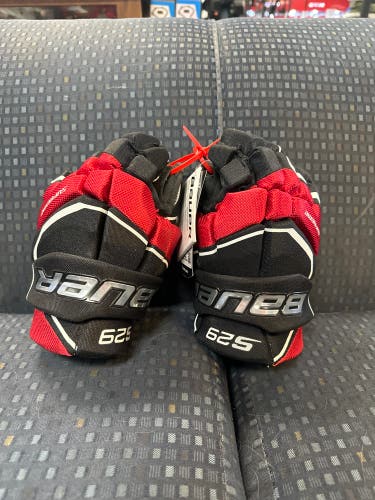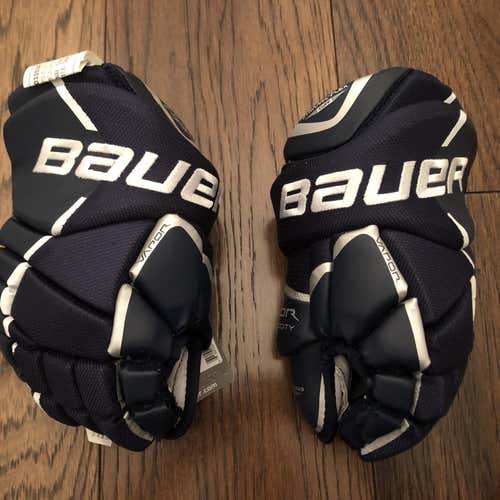Popular Hockey Gloves
See more Popular Hockey Gloves
Bauer Vapor 3X
16 Available
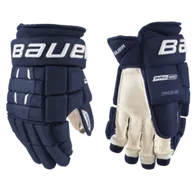
Bauer Vapor Pro Team
45 Available
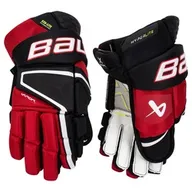
Bauer Vapor Hyperlite
84 Available
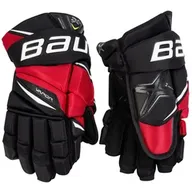
Bauer Vapor 2X Pro
66 Available
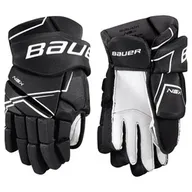
Bauer NSX
10 Available
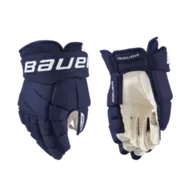
Bauer Vapor Team
11 Available
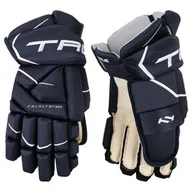
True Catalyst 5X3
18 Available
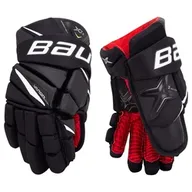
Bauer Vapor X2.9
12 Available

Bauer Supreme M3
20 Available
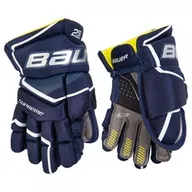
Bauer Supreme 2S Pro
41 Available
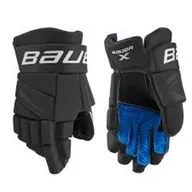
Bauer Bauer X
27 Available

Warrior Alpha
31 Available
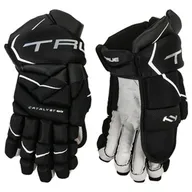
True Catalyst 9X3
48 Available
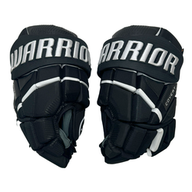
Warrior Covert QR6
11 Available
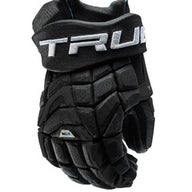
True XC9 Gloves
14 Available

Bauer Vapor 1X
12 Available
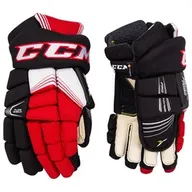
CCM Tacks 7092
12 Available

Bauer Supreme 3S Pro
13 Available
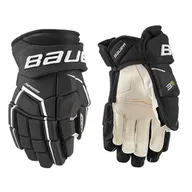
Bauer Supreme 3S
16 Available
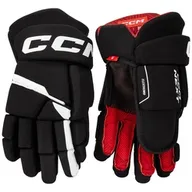
CCM Next
44 Available
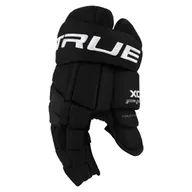
True XC7
13 Available
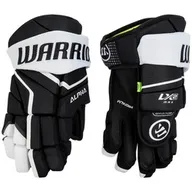
Warrior Alpha LX2 Max
21 Available

Bauer Vapor X800
6 Available

Other XC5
10 Available

Warrior Alpha FR2 Pro
14 Available

Warrior Alpha LX2
18 Available
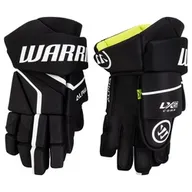
Warrior Alpha LX2 Comp
15 Available

Warrior BULLY
6 Available

True Catalyst 7X
7 Available
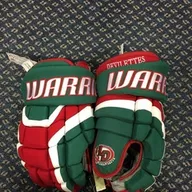
Warrior Covert DT2
7 Available
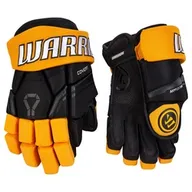
Warrior Covert QRE30
7 Available
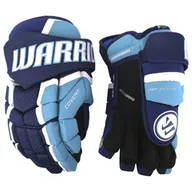
Warrior Covert QRL3
7 Available
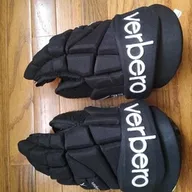
Verbero Dextra Pro II
2 Available

Bauer Lil Sport
7 Available
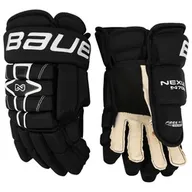
Bauer Nexus N7000
5 Available

Warrior Rise
11 Available

Bauer Supreme S29
5 Available

Bauer Vapor 1X Lite
3 Available
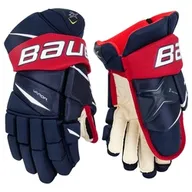
Bauer Vapor 2X
8 Available
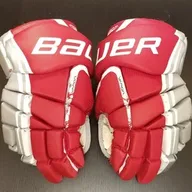
Bauer Vapor X:lite
4 Available

Bauer Vapor X100
4 Available

Bauer Vapor X3.0
4 Available
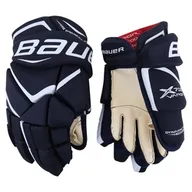
Bauer Vapor X700
5 Available

True xc5
8 Available
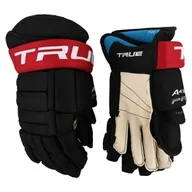
True A4.5
4 Available
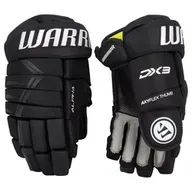
Warrior Alpha DX3
8 Available
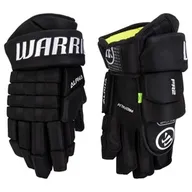
Warrior Alpha FR2
8 Available
184 Results

usaskates
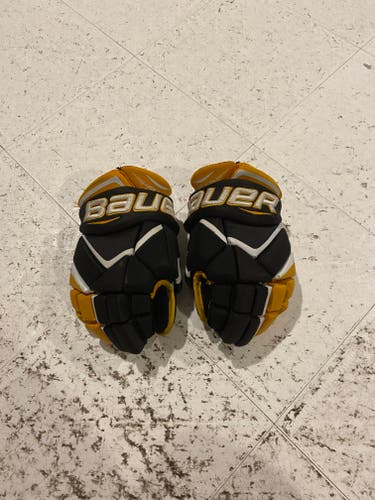
OLogan8
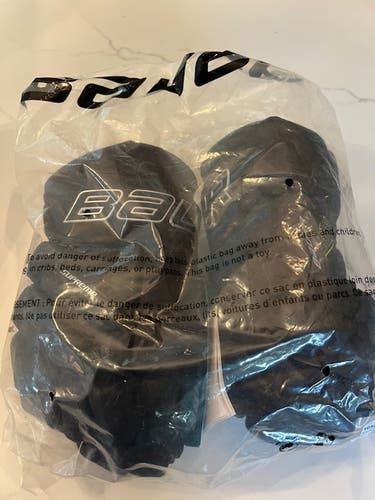
bigfudge
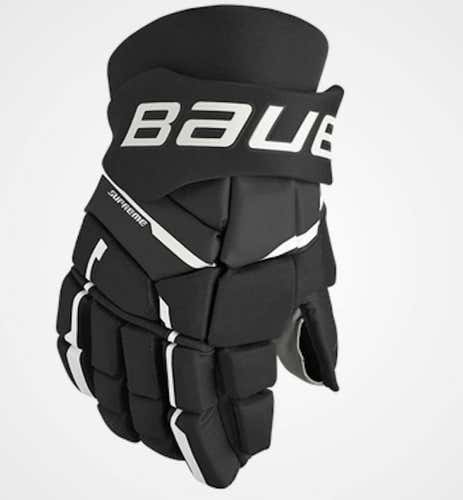
PIAS11771
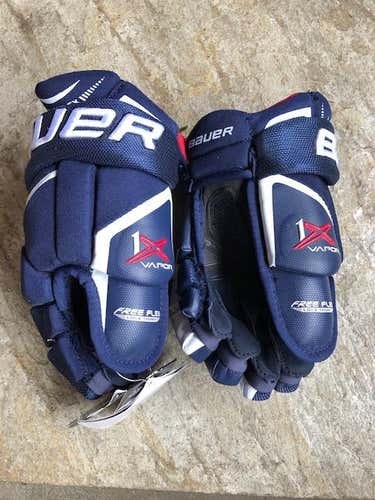
hockey62
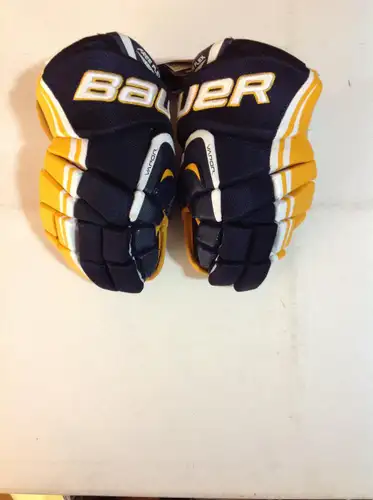
hockey62

HockeyGearPro

PIAS11771
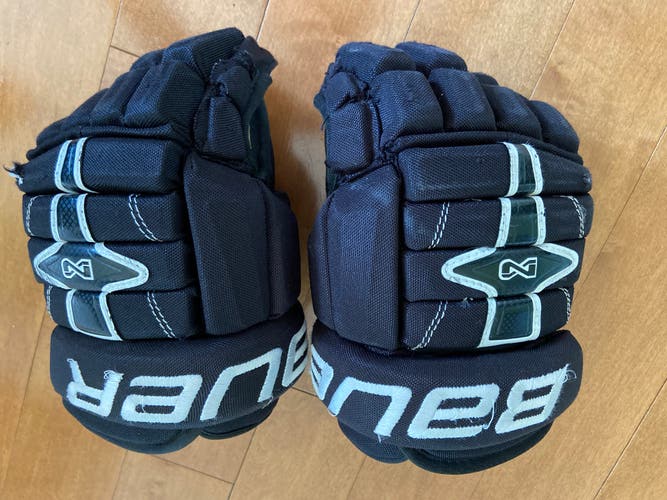
CJG2121
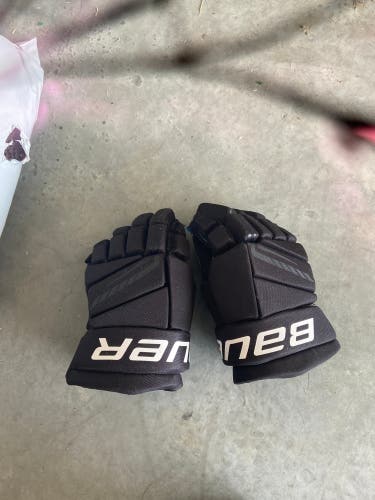
Sillyguy566
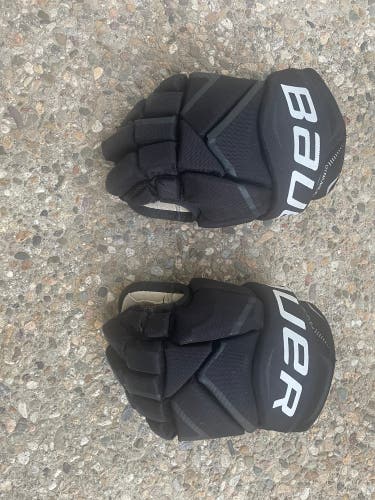
Mdavidson01
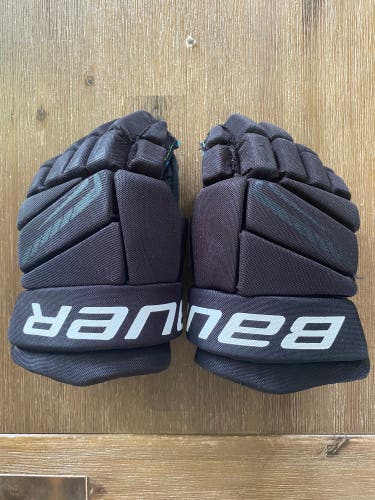
Thatmansean
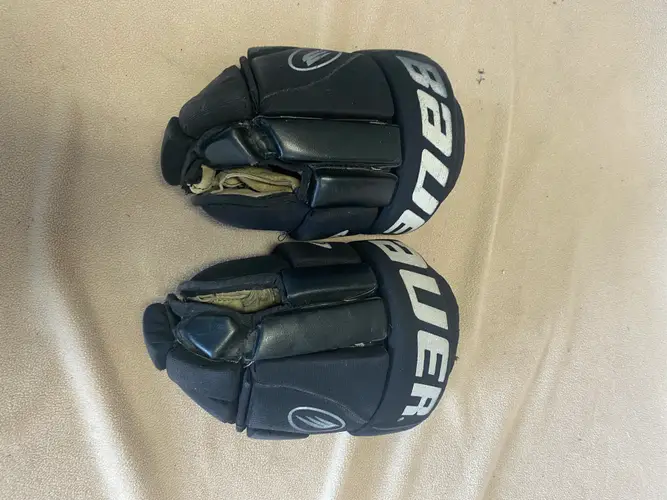
Runandrew1
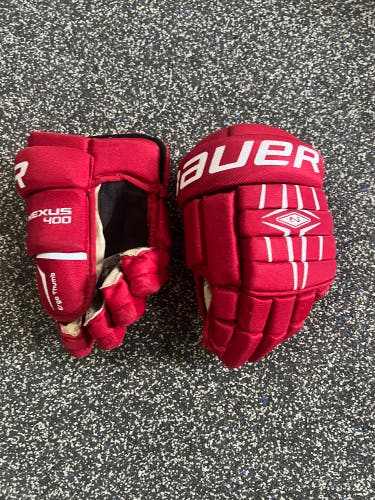
JGCoach
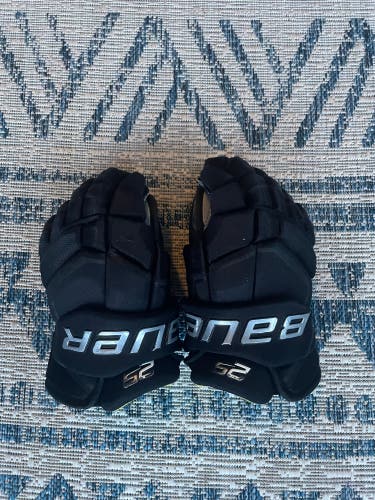
Juan_scott

Bella87

Robbiesquillaro
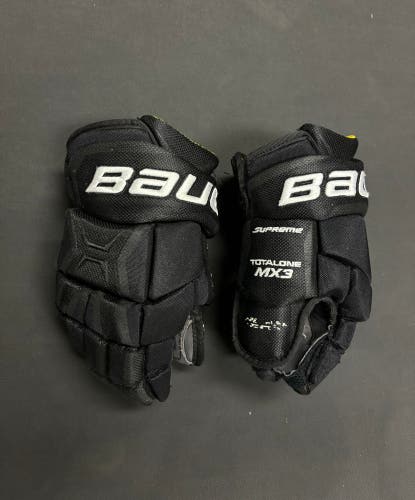
imele1421
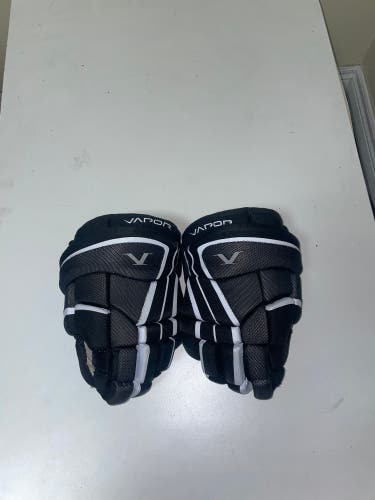
AffordableATH
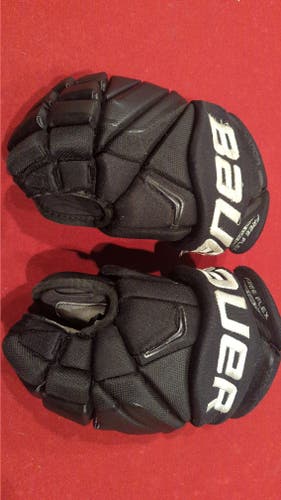
hockeybrian1122
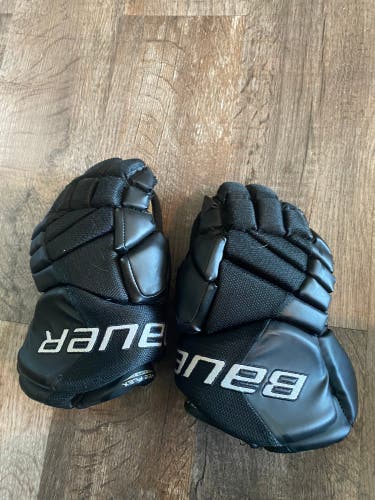
eswint27
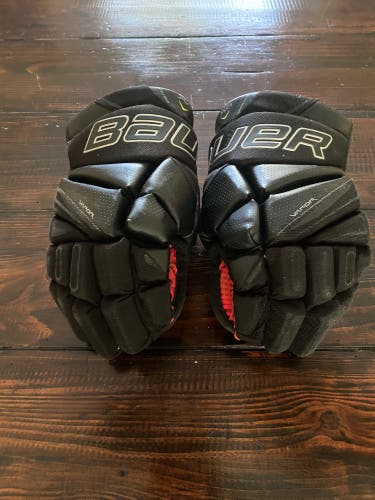
Seangodonis

French1019
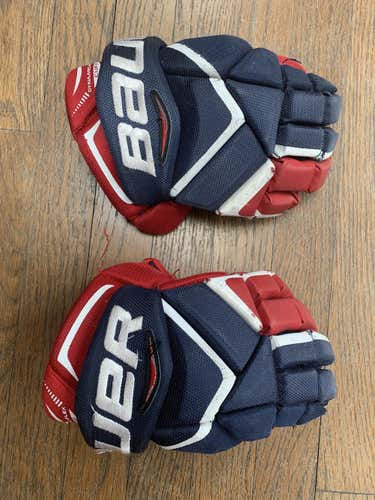
Tarastar33
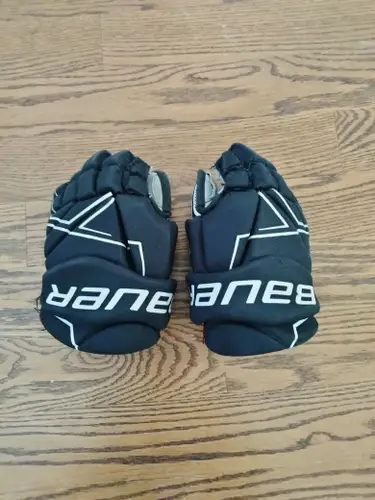
Zdawg11
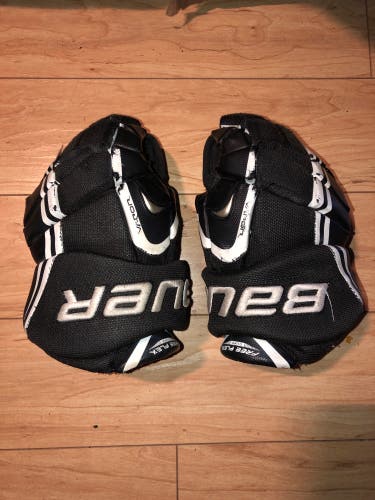
Replay_Sports
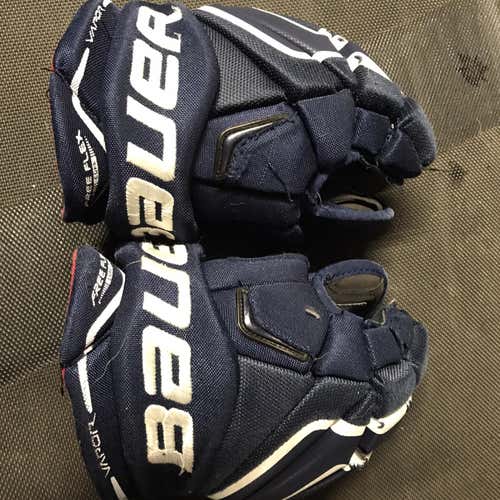
1duva9
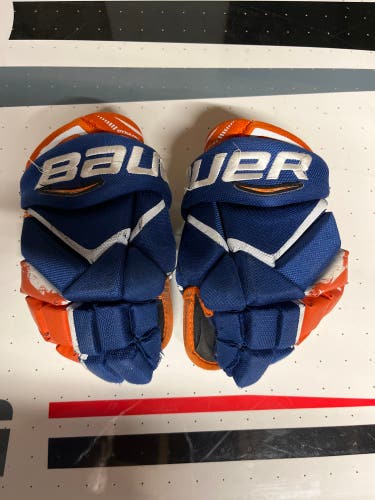
mikeyvb_88

Bwelch1545

